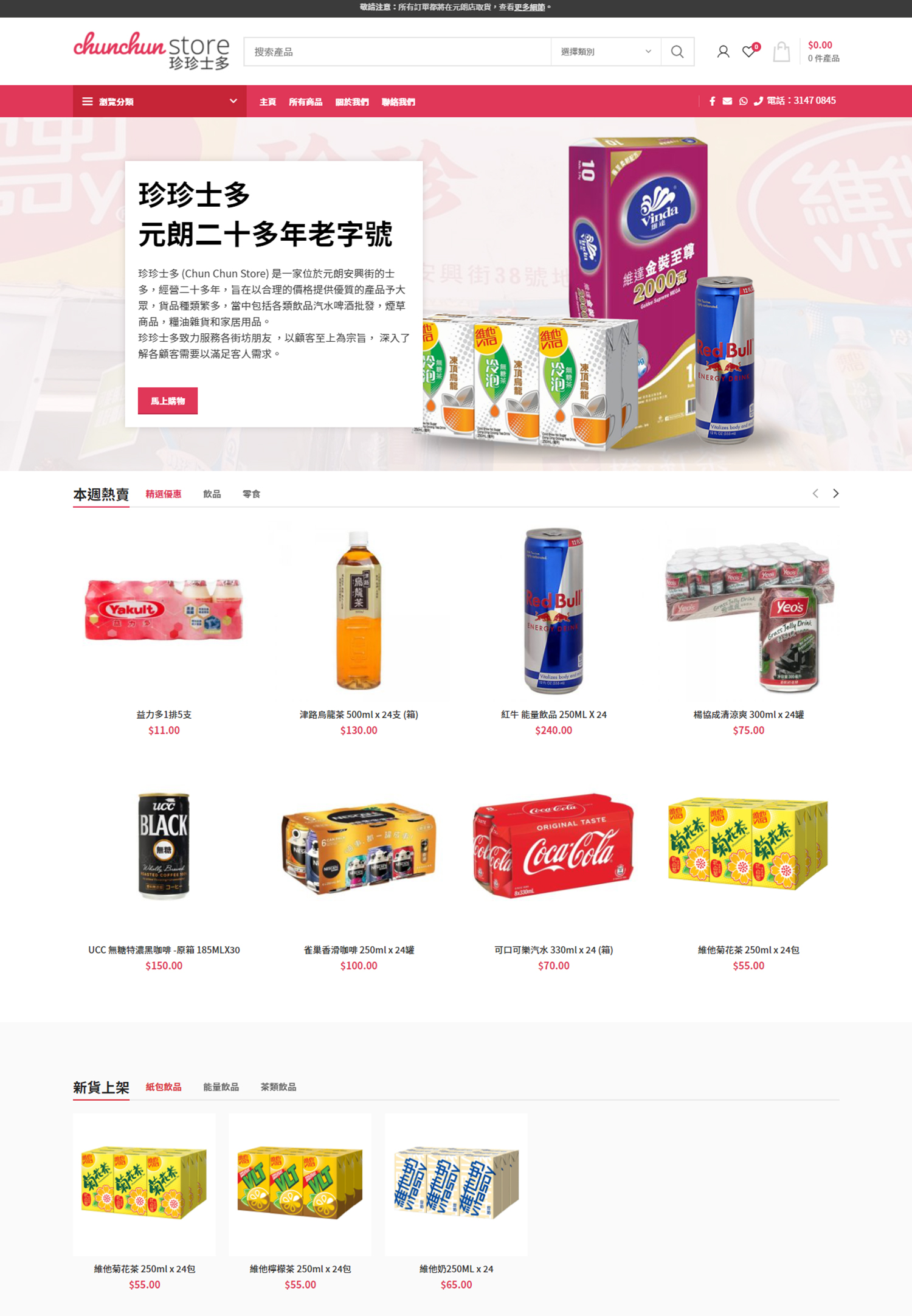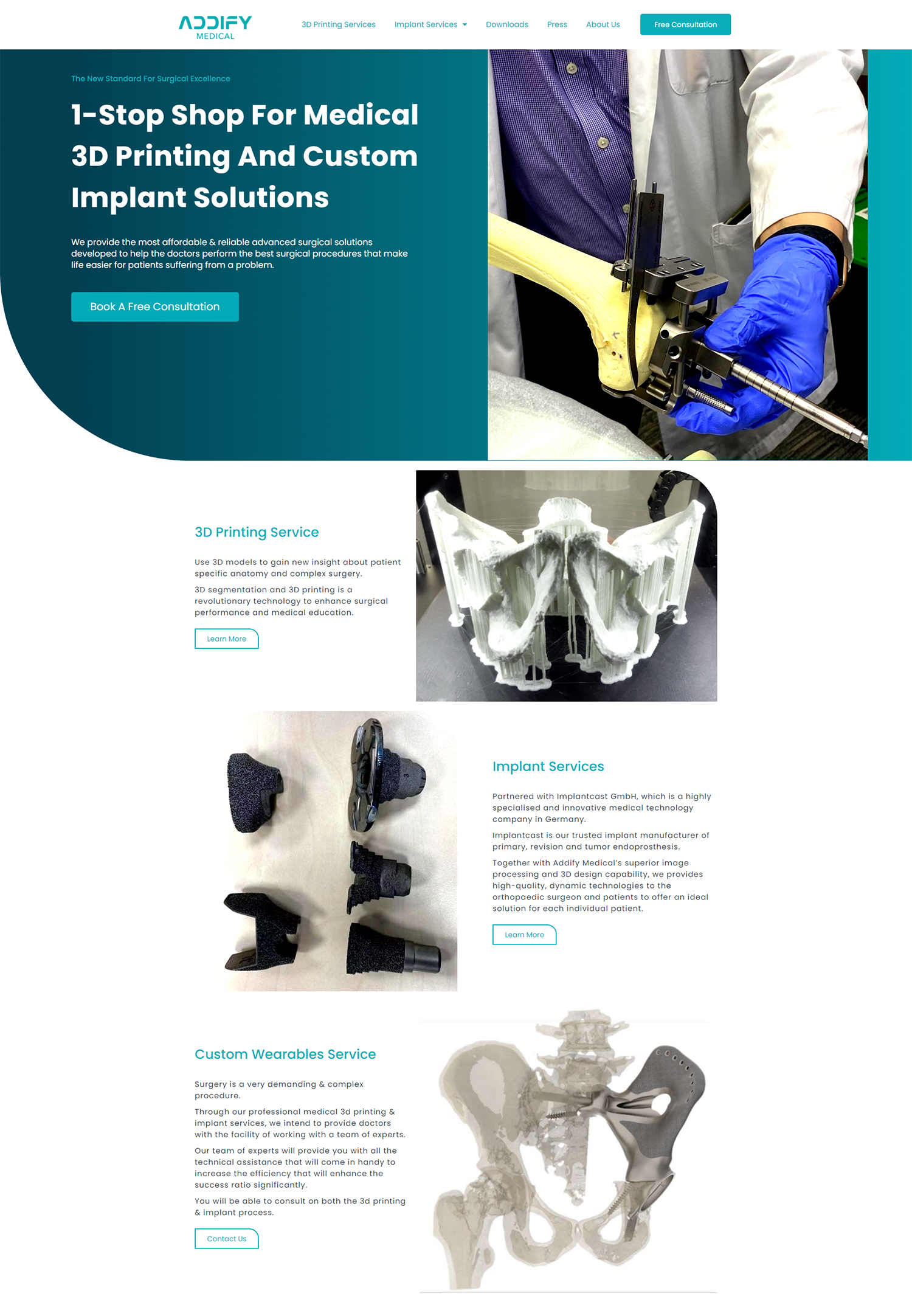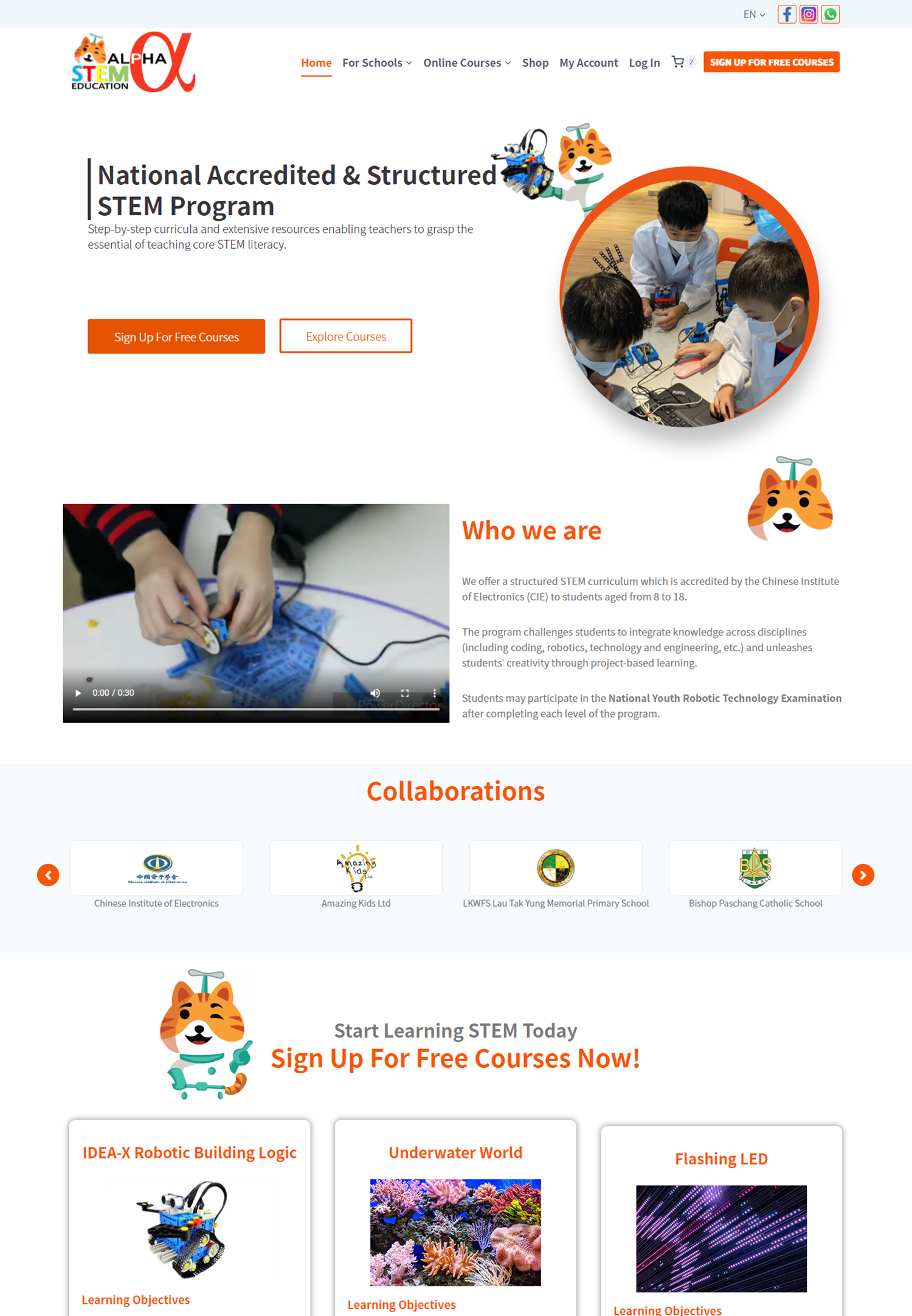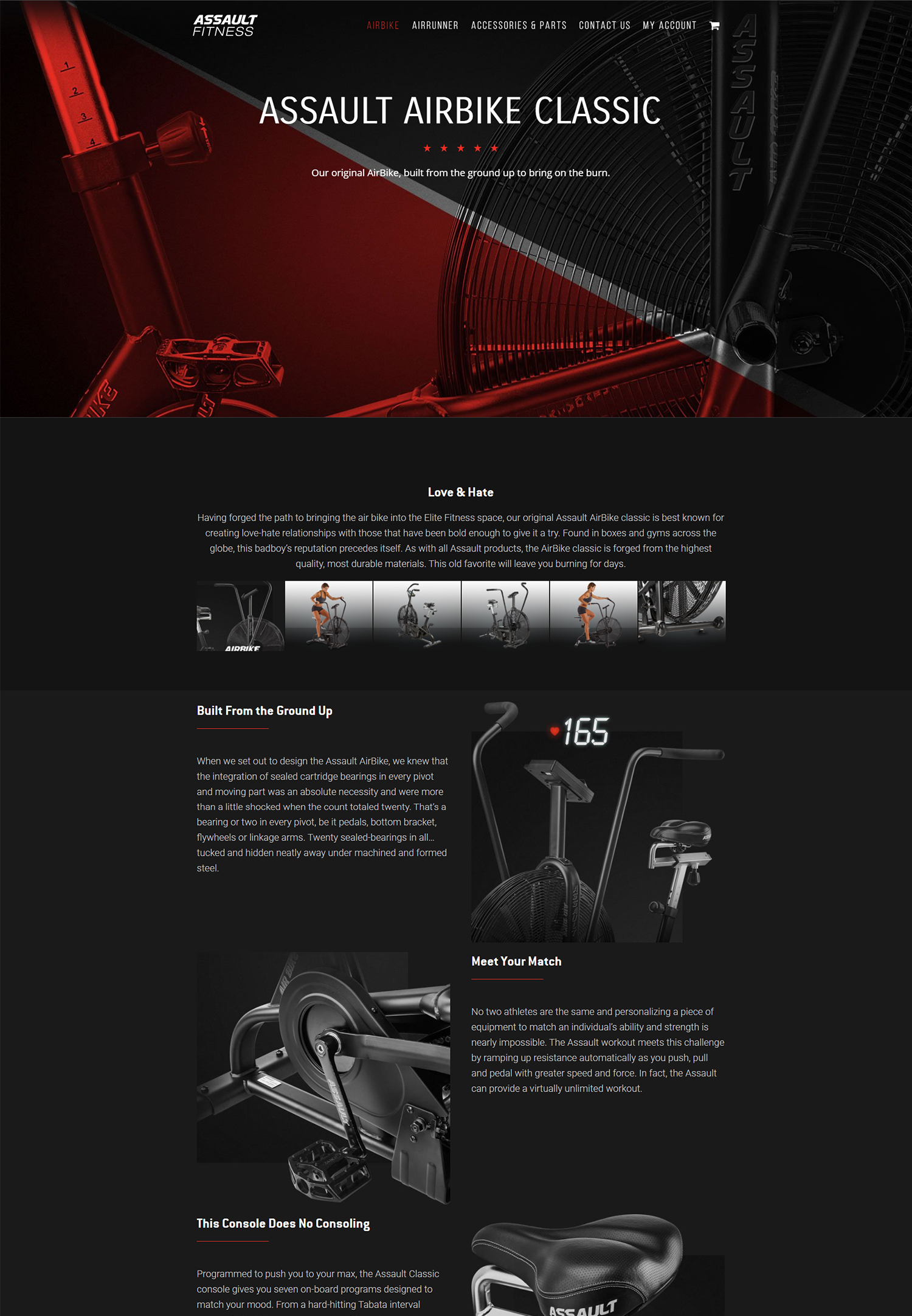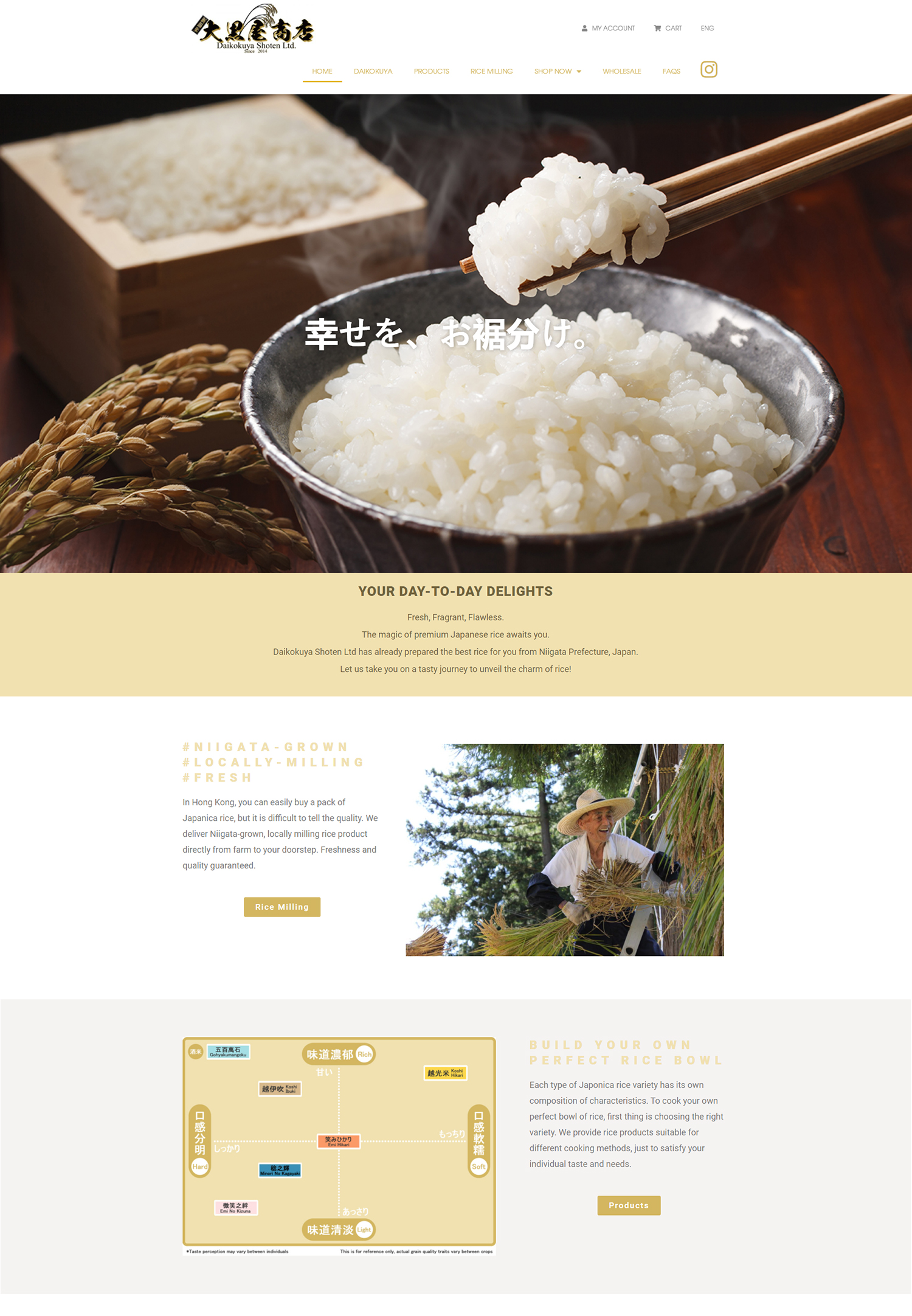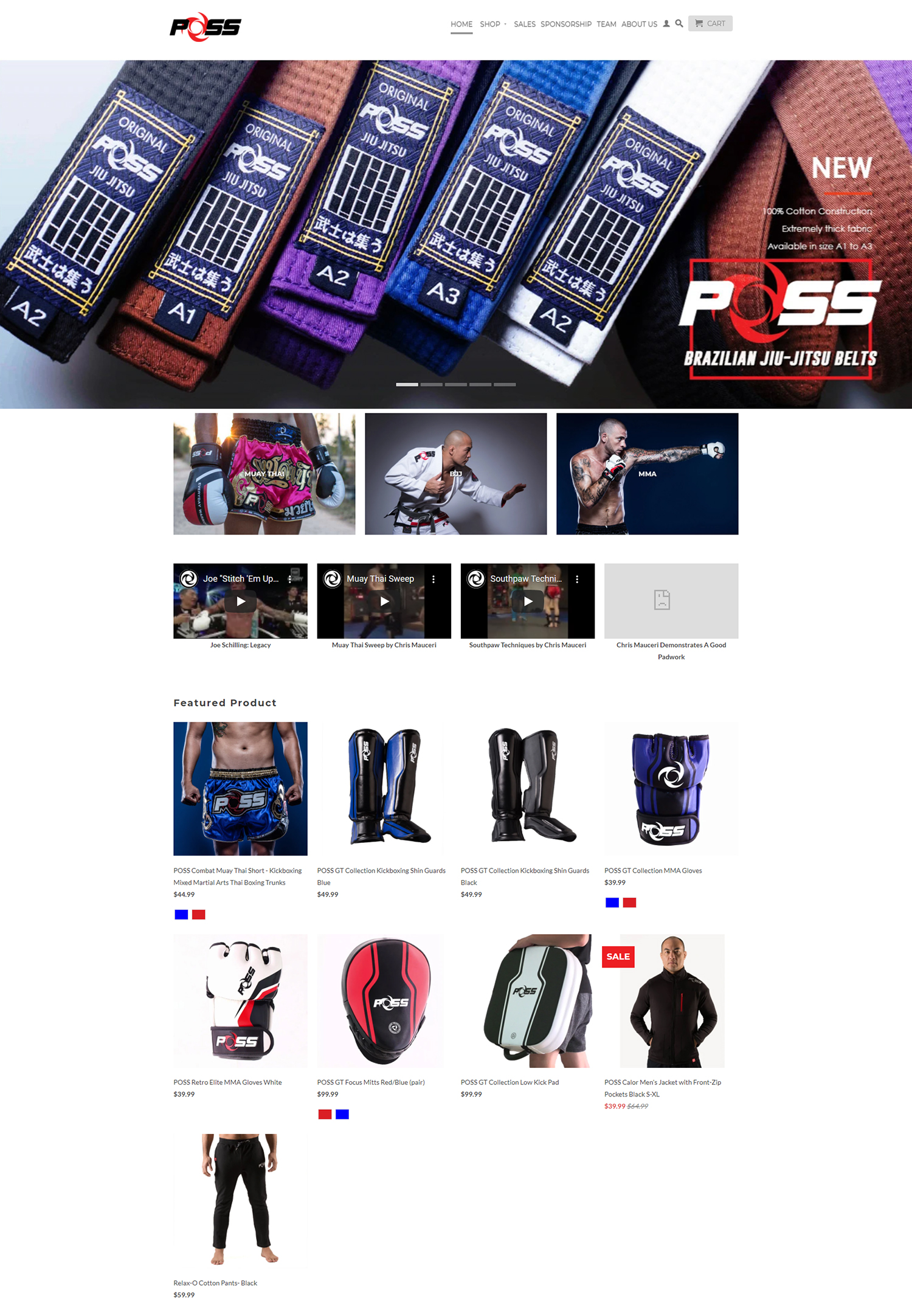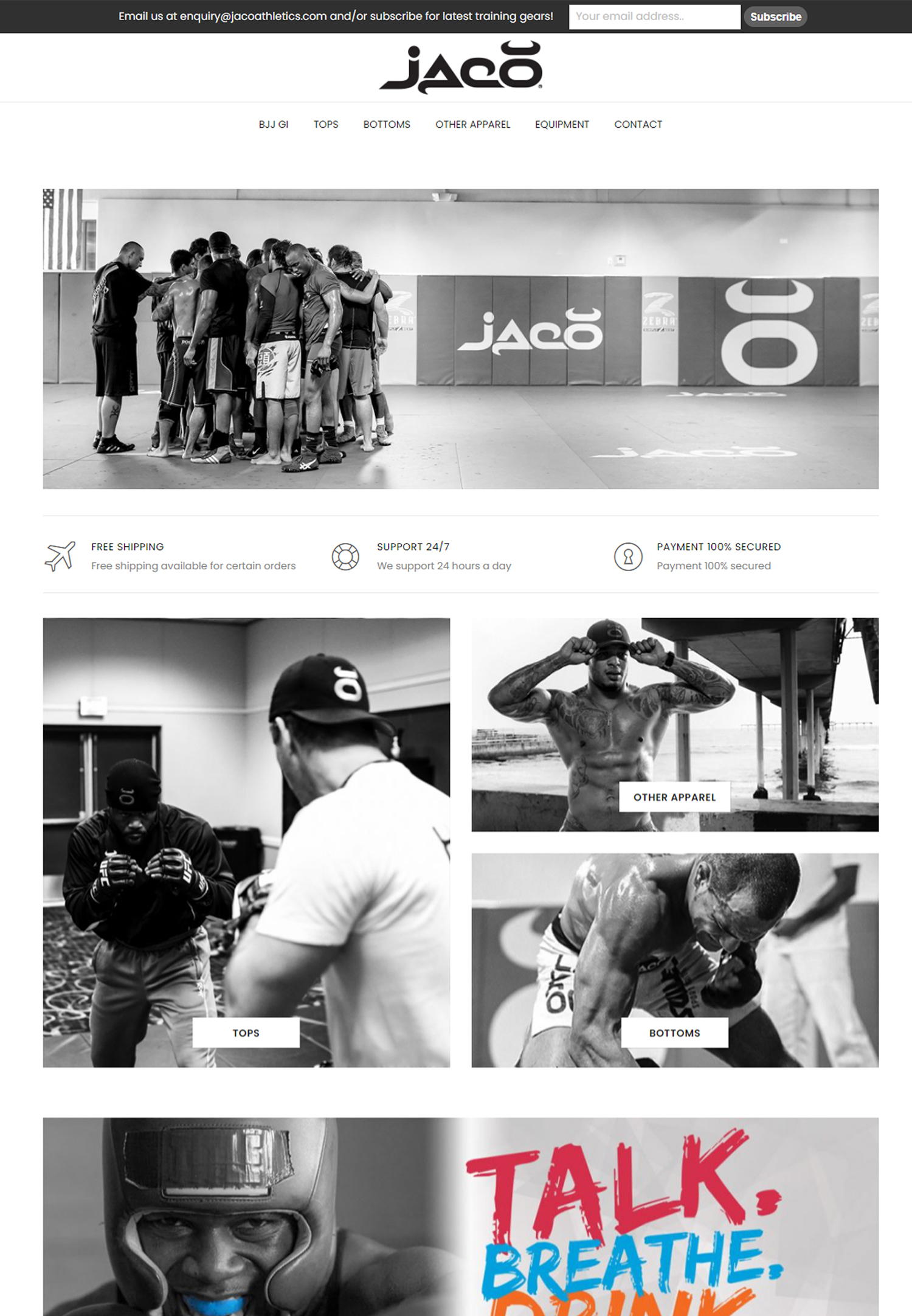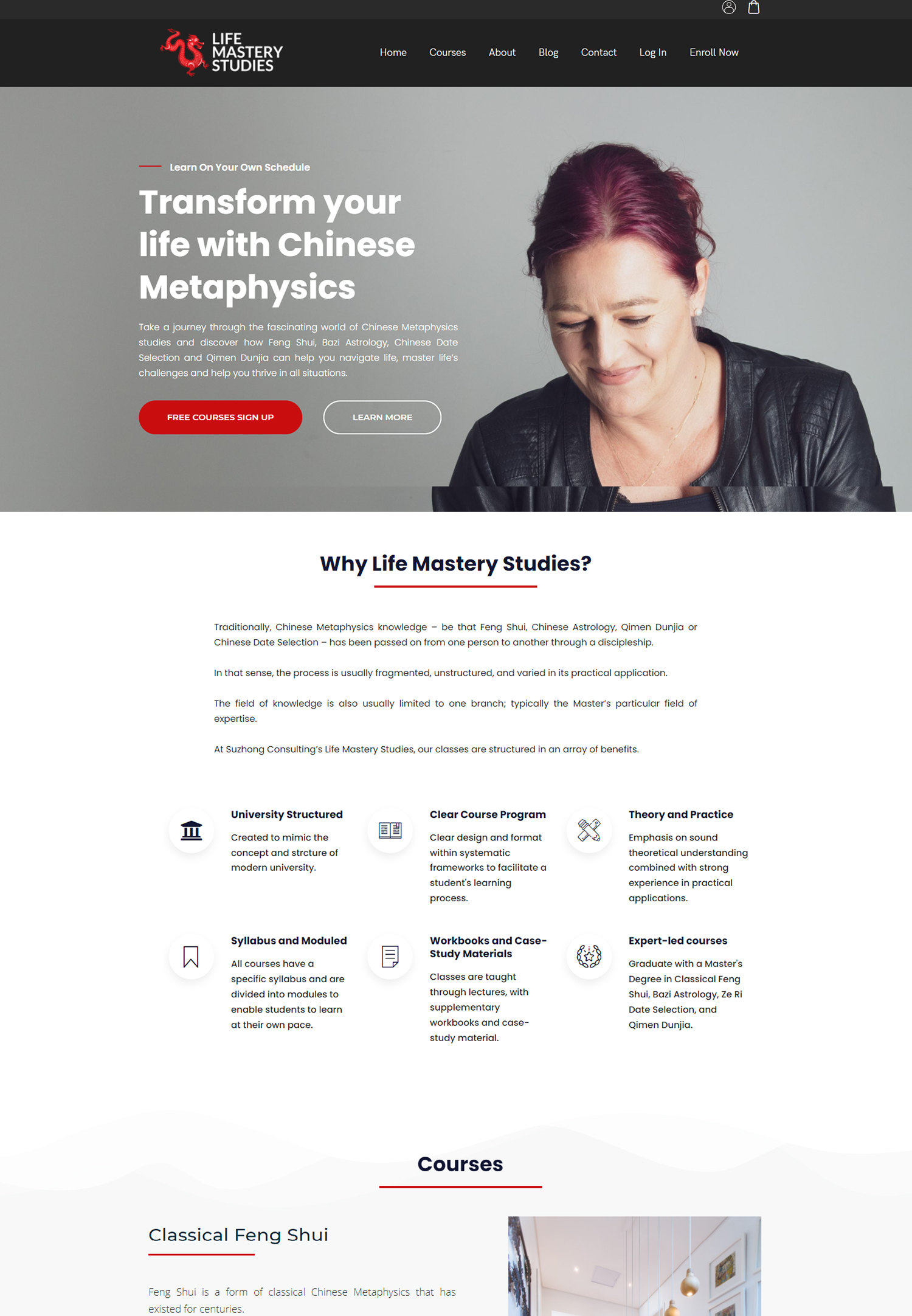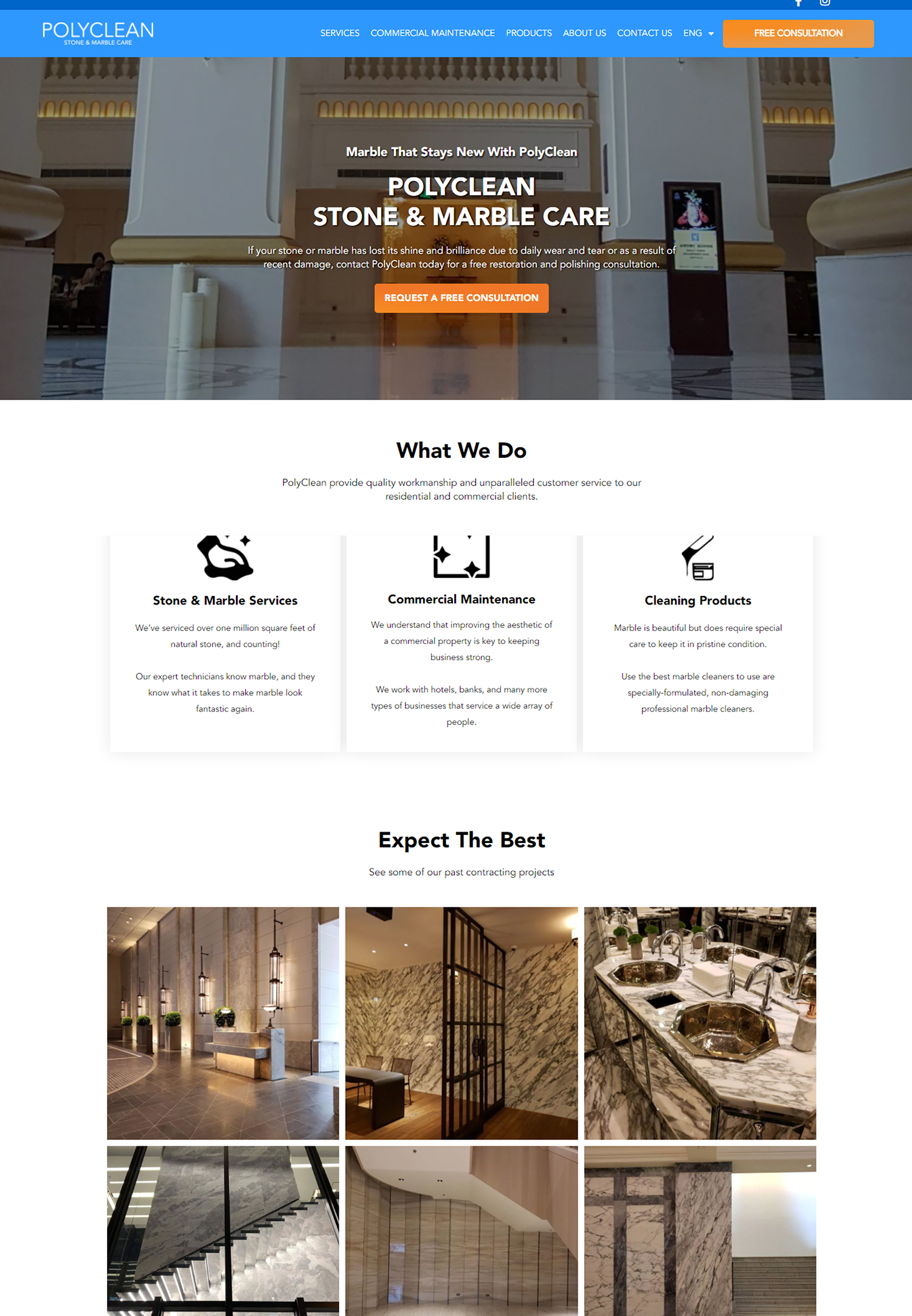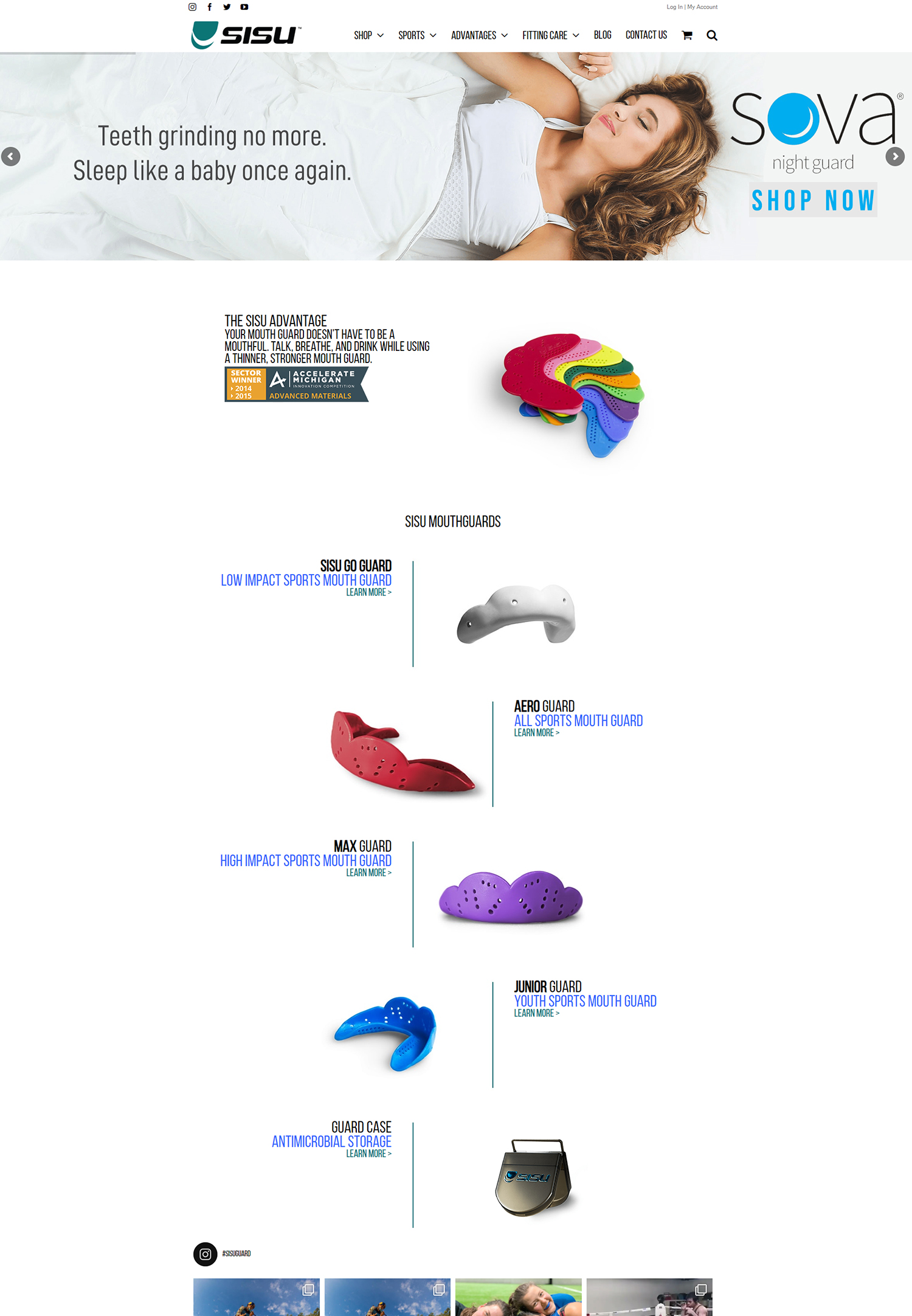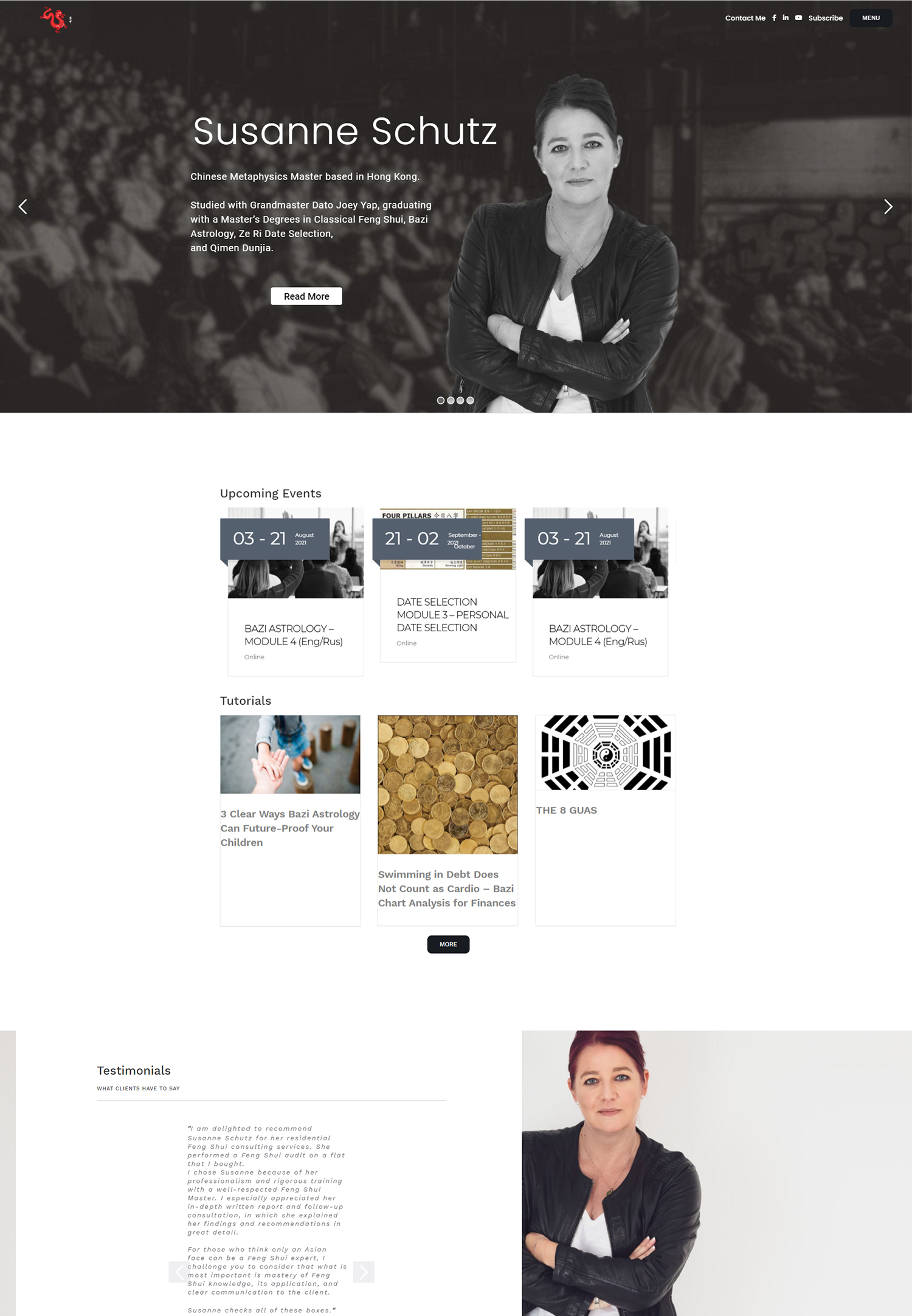In a world inundated with information, the power of simplicity cannot be overstated. We often find ourselves bombarded by complex messages, intricate jargon, and convoluted ideas that can leave us feeling overwhelmed. When we embrace simplicity, however, we unlock the potential to communicate more effectively.
By stripping away the unnecessary layers and focusing on the core message, we can create a connection that resonates with our audience. Simplicity allows us to convey our thoughts in a manner that is not only easy to understand but also memorable. Moreover, simplicity fosters clarity.
When we present our ideas in a straightforward manner, we reduce the cognitive load on our audience. This clarity enables them to grasp our message quickly and retain it longer. We can think of simplicity as a bridge that connects us to our audience, allowing them to traverse the gap between their understanding and our intentions.
By prioritizing simplicity in our communication, we empower ourselves to engage more meaningfully with those we seek to reach.
Key Takeaways
- Keep your message simple to make it more impactful and memorable
- Understand your audience’s needs, preferences, and pain points to tailor your message effectively
- Craft a clear and compelling message that resonates with your audience
- Use emotional triggers to connect with your audience on a deeper level
- Ensure clarity and consistency in your messaging across all channels for better brand recognition and recall
- Create a strong call to action to prompt your audience to take the desired action
- Test and refine your messages to optimize their effectiveness
- Choose the right channels to reach your audience for maximum impact
Understanding Your Audience
To communicate effectively, we must first understand our audience. This understanding goes beyond mere demographics; it requires us to delve into their motivations, preferences, and pain points. By taking the time to research and analyze our audience, we can tailor our messages to resonate with their specific needs and desires.
This process of understanding is not a one-time effort but an ongoing journey that evolves as our audience changes. Engaging with our audience through surveys, social media interactions, or direct conversations can provide invaluable insights. We can learn what drives them, what challenges they face, and what solutions they seek.
By actively listening and observing, we can create a more profound connection that informs our messaging strategy. When we align our communication with the values and interests of our audience, we increase the likelihood of capturing their attention and fostering loyalty.
Crafting a Clear and Compelling Message
Once we have a firm grasp of our audience, the next step is crafting a clear and compelling message. A well-structured message serves as the backbone of effective communication. It should be concise yet impactful, conveying our core idea without unnecessary embellishments.
We must focus on the essence of what we want to communicate and ensure that every word serves a purpose. To achieve this clarity, we can employ techniques such as storytelling or analogies that resonate with our audience’s experiences. By weaving narratives that illustrate our points, we can make complex ideas more relatable and engaging.
Additionally, using active voice and strong verbs can infuse our message with energy and urgency. Ultimately, a clear and compelling message not only captures attention but also inspires action.
Using Emotional Triggers to Connect
Emotions play a pivotal role in how we connect with others. When we tap into emotional triggers in our messaging, we create a deeper bond with our audience. We all have shared experiences and feelings that shape our perceptions; by acknowledging these emotions, we can foster empathy and understanding.
Whether it’s joy, fear, nostalgia, or hope, evoking emotions can make our messages more relatable and impactful. We can utilize storytelling techniques to evoke emotions effectively. By sharing personal anecdotes or testimonials that resonate with our audience’s experiences, we create a sense of authenticity that draws them in.
Additionally, using vivid imagery and descriptive language can help paint a picture that elicits an emotional response. When we connect on an emotional level, we not only capture attention but also inspire action and loyalty.
The Importance of Clarity and Consistency
Clarity and consistency are essential components of effective communication. When we present our messages clearly, we eliminate confusion and ensure that our audience understands our intentions. Consistency reinforces our message over time, creating a sense of reliability and trustworthiness.
When our audience knows what to expect from us, they are more likely to engage with our content and remain loyal to our brand. To maintain clarity and consistency, we should establish guidelines for our messaging. This includes defining key themes, tone of voice, and visual elements that align with our brand identity.
By adhering to these guidelines across all platforms and communications, we create a cohesive experience for our audience. This consistency not only strengthens our brand but also enhances the overall effectiveness of our messaging strategy.
Creating a Call to Action
A compelling call to action (CTA) is crucial for guiding our audience toward the next steps we want them to take. Whether it’s signing up for a newsletter, making a purchase, or sharing content with their network, a well-crafted CTA provides clear direction. We must ensure that our CTA is not only persuasive but also aligns seamlessly with the overall message we are conveying.
To create an effective CTA, we should use action-oriented language that instills a sense of urgency or excitement. Phrases like “Join us now,” “Don’t miss out,” or “Get started today” can motivate our audience to take immediate action. Additionally, placing the CTA strategically within our content ensures it stands out without feeling intrusive.
By making it easy for our audience to act on their interest, we increase the likelihood of achieving our desired outcomes.
Testing and Refining Your Messages
The process of effective communication is not static; it requires continuous testing and refinement. We must be willing to experiment with different messaging strategies to determine what resonates best with our audience. A/B testing various headlines, formats, or calls to action can provide valuable insights into what drives engagement and conversion.
Feedback is another critical component of this refinement process. By soliciting input from our audience or analyzing engagement metrics, we can identify areas for improvement. This iterative approach allows us to adapt our messaging based on real-time data rather than assumptions.
As we refine our messages over time, we become more adept at connecting with our audience and achieving our communication goals.
Leveraging the Right Channels for Maximum Impact
Finally, choosing the right channels for disseminating our messages is paramount for maximizing impact. Different platforms cater to different audiences and types of content; understanding where our target audience spends their time is essential for effective communication. Whether it’s social media, email newsletters, blogs, or traditional media outlets, each channel has its unique strengths.
We should consider the nature of our message when selecting channels as well. For instance, visual content may perform better on platforms like Instagram or Pinterest, while in-depth articles may find a more suitable home on blogs or LinkedIn. By leveraging the right channels strategically, we can ensure that our messages reach the intended audience in a format that resonates with them.
In conclusion, effective communication hinges on several key principles: simplicity, understanding the audience, crafting clear messages, emotional connection, clarity and consistency, compelling calls to action, testing and refining strategies, and leveraging appropriate channels. By embracing these principles in our communication efforts, we can foster deeper connections with our audience and drive meaningful engagement that leads to lasting impact.






